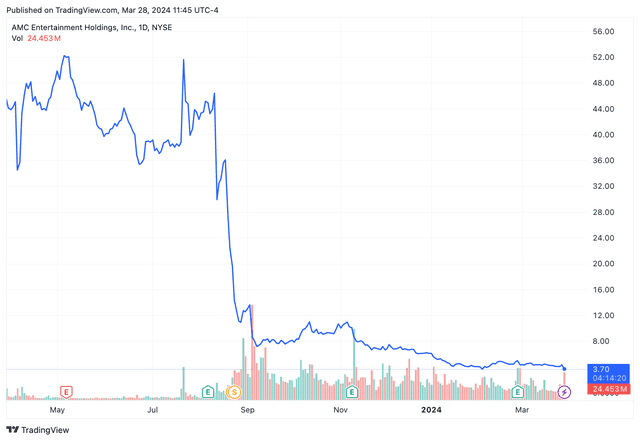Title: Understanding the CARES Act: A Comprehensive Guide to COVID-19 Relief
Introduction (Heading 1)
The Coronavirus Aid, Relief, and Economic Security (CARES) Act, passed in 2020, stands as a monumental $2 trillion package of emergency assistance aimed at combating the devastating effects of the COVID-19 pandemic. This comprehensive legislation encompasses various relief measures to support individuals, businesses, and the overall economy during these unprecedented times. In this article, we delve into the key provisions of the CARES Act and how they can provide much-needed relief to those affected by the pandemic.
1. Individual Assistance (Heading 2)
The CARES Act offers direct financial assistance to individuals in several ways. The most notable provision is the Economic Impact Payments, also known as stimulus checks. Eligible individuals received a one-time payment of up to $1,200, with an additional $500 per child. These payments aimed to provide immediate relief to Americans facing financial hardships due to job loss or reduced income.
Furthermore, the Act expanded unemployment benefits by providing an additional $600 per week on top of state unemployment benefits. This boost in unemployment aid helped bridge the gap for those who lost their jobs or experienced reduced working hours due to the pandemic.
2. Small Business Support (Heading 2)
Recognizing the critical role small businesses play in the economy, the CARES Act established several programs to assist them during these challenging times. The Paycheck Protection Program (PPP) offered forgivable loans to small businesses to cover payroll costs, rent, and utilities. These loans incentivized businesses to retain their employees and provided a lifeline to struggling enterprises.
Additionally, the Economic Injury Disaster Loan (EIDL) program provided low-interest loans to small businesses suffering substantial economic injury due to the pandemic. These loans helped businesses meet their financial obligations and maintain operations during these uncertain times.
3. Healthcare and Testing (Heading 2)
The CARES Act allocated significant funds to bolster the healthcare system’s response to the pandemic. It provided funding for the development and distribution of COVID-19 tests, ensuring widespread testing availability. This measure aimed to identify and isolate infected individuals promptly, thus curbing the spread of the virus.
Moreover, the Act expanded telehealth services, allowing individuals to receive medical care remotely. This provision not only ensured access to healthcare while minimizing exposure risks but also eased the burden on overwhelmed healthcare facilities.
4. Education and Student Loan Relief (Heading 2)
Recognizing the disruption caused by the pandemic on education, the CARES Act included provisions to support students and educational institutions. The Act allocated funds to colleges and universities to assist with the transition to online learning and cover expenses related to COVID-19.
Additionally, the Act provided temporary relief for federal student loan borrowers. It suspended loan payments, waived interest accrual, and halted collections on defaulted loans until September 30, 2021. This relief measure aimed to alleviate the financial burden on students and recent graduates facing economic uncertainty.
5. State and Local Government Support (Heading 2)
The CARES Act recognized the strain on state and local governments due to increased healthcare costs and reduced tax revenues. To address this, the Act allocated funds to support essential services, such as healthcare, education, and public safety. These funds aimed to ensure that state and local governments could continue providing vital services during the crisis.
Conclusion (Heading 1)
The CARES Act stands as a comprehensive response to the economic and health challenges posed by the COVID-19 pandemic. By providing direct financial assistance to individuals, supporting small businesses, bolstering healthcare systems, and aiding educational institutions, it aims to mitigate the adverse effects of the crisis. As we navigate these uncertain times, understanding the provisions of the CARES Act can help individuals and businesses access the relief they need to weather this storm.



